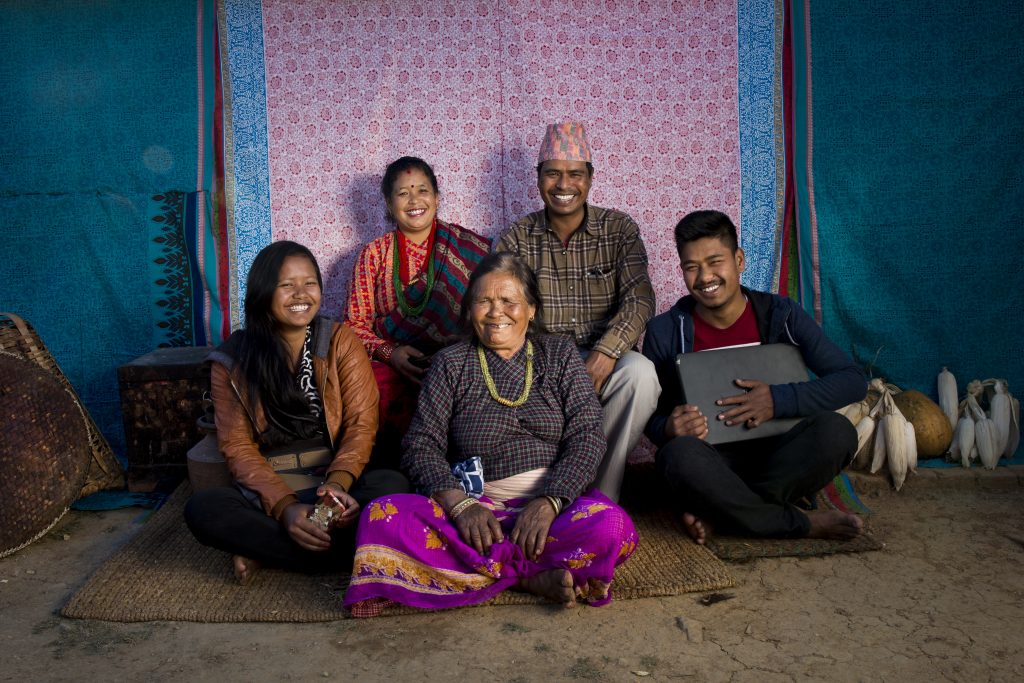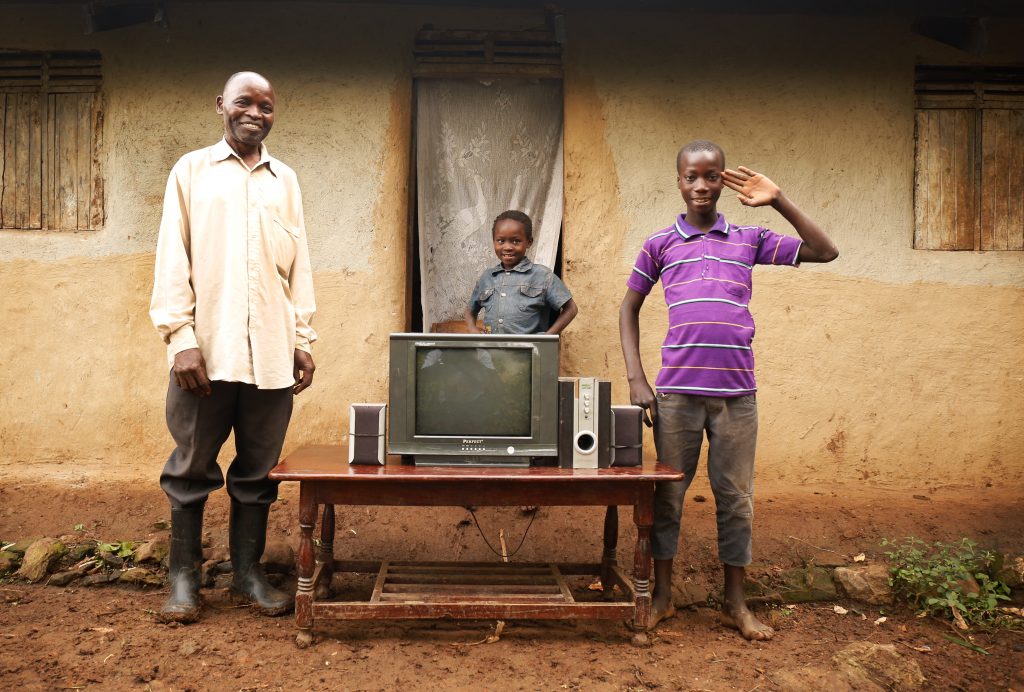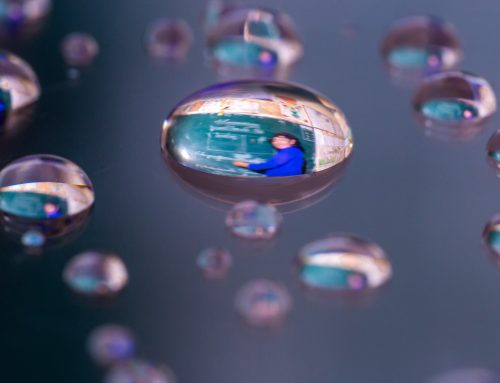Family portraits from across the world show progress resulting from access to water and sanitation
From chickens and cows to motorbikes, rubber shoes and radios – a special gallery by WaterAid reveals the items generations of families from across the world say represent the progress made in their lives as a result of access to water and sanitation.
WaterAid interviewed and photographed families internationally and found that families across the world share a common bond despite the communities, countries and continents between them.
The photos are released to mark the launch of WaterAid’s ‘Made of the same stuff’ campaign, which celebrates the progress that has been made over the last 35 years in providing safe water, sanitation and hygiene to some of the world’s poorest and most marginalised communities.

Changing times: “Hearing my grandmother talk, I feel very lucky. I never had to struggle for water in my life.” Salina Nagarkoti, 21 (left), pictured with her grandmother Batuli Maya Nagarkoti, 72 (centre) and brother Arun Kumar Nagarokoti, 18 (right) and parents (back, left to right) Bimala Nagarkoti, 42 and Aanand Kumar Nagarkoti, 45. Lele, Lalitpur, Nepal. Photo: WaterAid/ Mani Karmacharya
Today, 6.7 billion people across the world now have access to clean water and 2.1 billion more people now have a decent toilet than in 1990.
In Malawi, access to water led to improved health for local farmer, Rafiq Moyenda, 26, and his family. It also means Rafiq has had more time to invest in business; opening a popular barbershop and grocery store in his village, and even buying a motorbike, to help him with his business. He says:
“Our way of life greatly improved. Our economic status improved as my wife would bake doughnuts which brought us more money. Our daughter, Fortune, stopped suffering from diarrhoea and her school studies improved.”
Batuli Nagarkoti, 72, is pictured with three generations of her family in the Lalitpur district of Nepal. When Batuli was younger she used to get up at 3am to collect water, otherwise she would risk missing out. She says:
“Sometimes just to fill a Gagri [a water vessel] of water, I had to wait for hours because the people who came earlier would take all the water from the well and I had to wait until the well was filled again.”
There was no toilet in the community and everybody used to defecate on open ground.
“There used to be faeces everywhere”, remembers Batuli, “People defecating on the roadside was common. Diarrhoea was a very big problem during those days and there were many cases of malnutrition.”
For Batuli’s granddaughter, Salina Nagarkoti, 21, life is very different from the one described by her grandmother. She says:
“Hearing my grandmother talk, I feel very lucky. I never had to struggle for water in my life. The tap-stand was at our home and we had water all the time. We also have a toilet at home. When I hear my father talking about people defecating by the roadside, I feel kind of embarrassed and sad as well.”

Modern Living: “Our village is now modern. I have two cows. At home we drink milk and we have enough food to eat and coffee to sell for an income.” Musingo Ediriso, 60, with two of his grandsons in Kidula village, Uganda. Musingo has seen huge progress in Kidula village throughout his lifetime. He was part of a project that brought safe water to Kidula village in the 90s and the arrival of electricity to the village means that he has been able to use the money he makes from selling coffee to buy a television and sound system. Photo: WaterAid/ James Kiyimba
Every year, 78 million people are turning on a tap or using a pump for the first time. If just 8% more people can be reached each year then everyone, everywhere will be provided with lifesaving water facilities by 2030.
Ending the sanitation crisis is a big challenge. Every year, 69 million people are closing a toilet door behind them for the first time every year; but there’s a lot more to do. It’s going to take a combined global effort to reach everyone everywhere with a decent toilet, but the progress we’ve made on water shows it is possible. Together, we’re made of the stuff that makes history.
